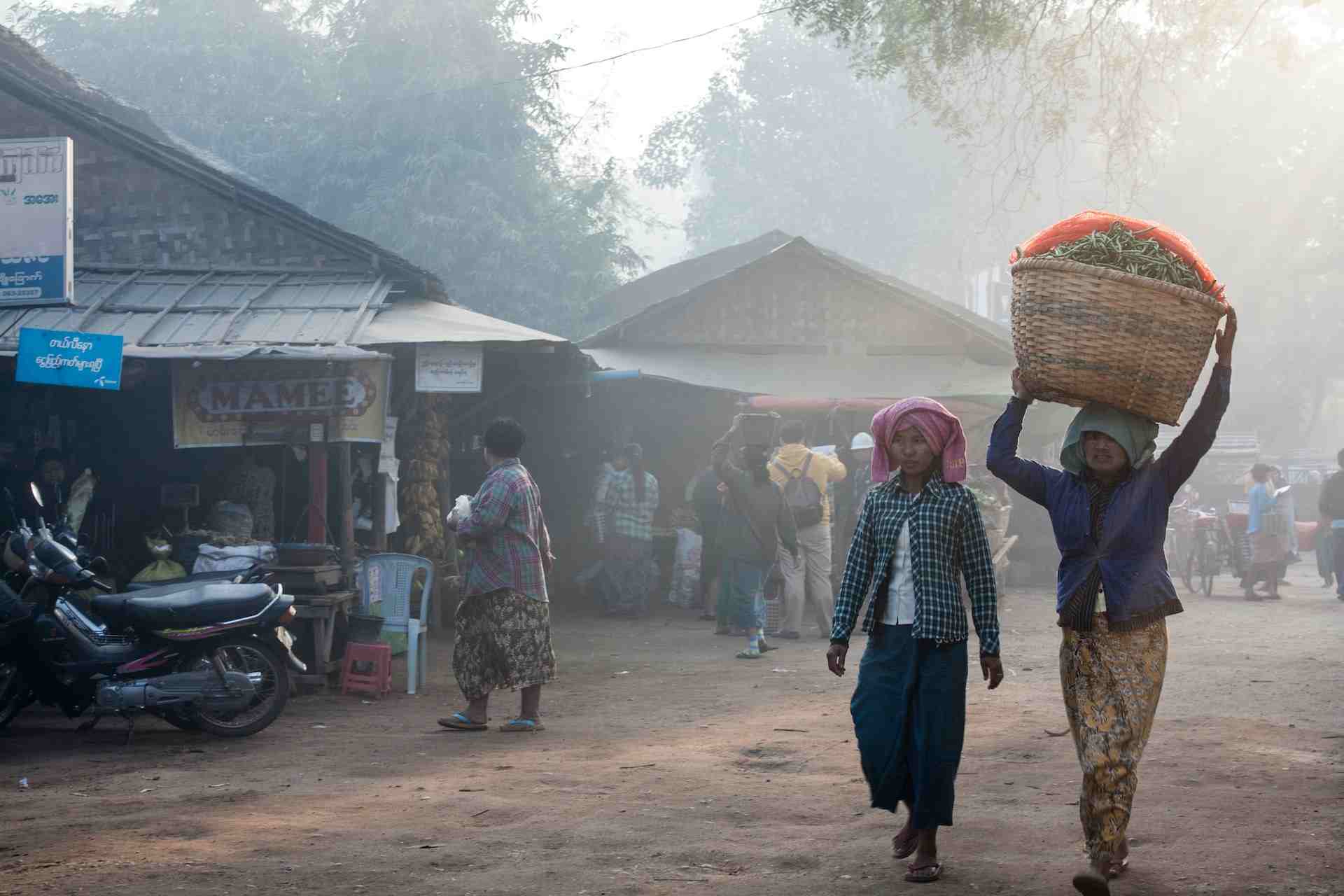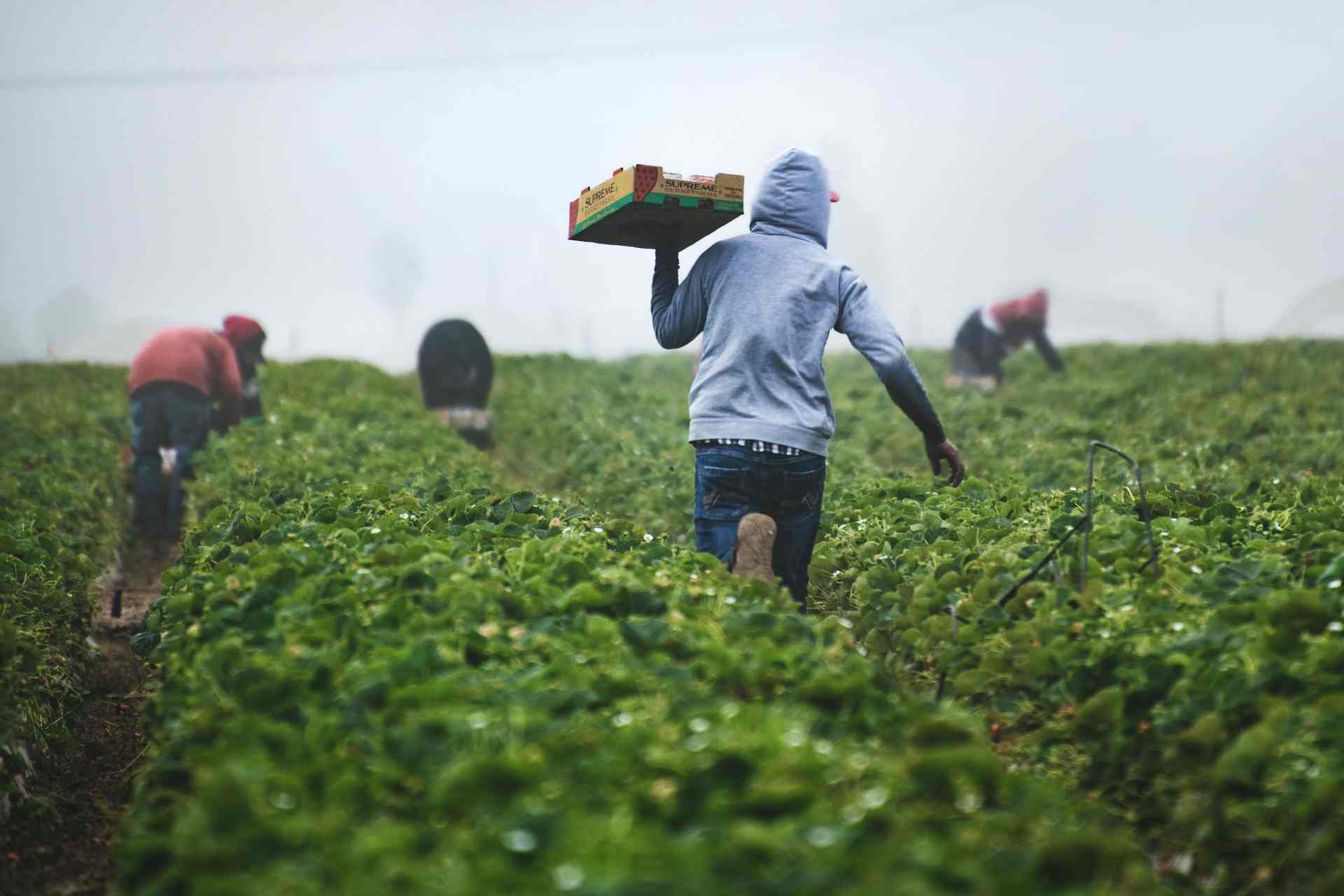

After ~50 years of debilitating military rule, Myanmar finally formed its first quasi-democratic government established in March 2011. Since then, numerous economic and political reforms have boosted business optimism leading to strong economic growth and influx of foreign firms, eager to capture untapped opportunities in Asia’s last frontier market.
It was not until March 2016 that a new democratic government led by the National League for Democracy (NLD) under State Counsellor Aung San Suu Kyi and President Htin Kyaw was formed, reinforcing hopes of a progressive future. Hence with rising FDI and trade flow with neighboring countries, employment opportunities have given rise to urbanization, migration, and infrastructure development in Tier 1 cities like Yangon and Mandalay.
Myanmar is currently experiencing a youth bulge whereby 36% of the population belongs to the 10-29 age group followed by 27% belonging to the 30–49 age group. These age groups present not just a young and aspiring workforce but also a significant untapped consumer base for companies to take note of.
Across all age groups, 43.7% cited employment or search for employment as the key reason for moving between states/regions to more urban areas. This population movement has a high correlation with economic development in the form of industrial zones and special economic zones, which remains geographically concentrated.
Moreover, the fast paced reforms and incoming foreign investments have led to better employment opportunities, faster growth and higher spending power especially for the Optimists (age group 38-52) and Aspirants (age group 23 – 37) who have embraced change and economic development.
Currently, only ~24% of the Myanmar population earns >USD120 per month as bulk of the population (>60%) continues to be employed in the unindustrialized agriculture sector. However, this share is expected to increase to 48% by 2022 driven by rising employment opportunities in the services and manufacturing sectors.
The “Connected” generation aged above 22 who are characterized as ‘voracious consumers’ and with higher affinity for foreign brands and products, are expected to drive consumer spending going forward. There is also a slow but steady transformation of purchasing processes and decision making, especially across the urban areas driven by a rise in modern trade outlets.
Local modern retail operators such as City Mart, Capital and Gamone Pwint, have increased presence of 24-hour convenience stores, whereas Supermarket and Hypermarkets are seen not just in Tier 1 cities but also in Tier 2 and 3 cities of Pathein, Taunggyi, Mawlamyine.
Myanmar’s mobile infrastructure and connectivity, though notably slower than other neighboring countries, are witnessing rising development after the country embarked on the liberalization of the telecom industry in 2013. As of January 2017, smartphone penetration reached 78% driven not just by the Optimists who remain most tech savvy, but even the older Contemplative generation.
Given the larger size of Myanmar’s rural population, bulk of smartphone penetration growth will be driven by increasing adoption in the rural areas. The attractive price levels of Chinese brands and Samsung handsets are widely popular in Myanmar with Huawei dominating the market followed by Samsung, Xiaomi, Oppo and Vivo.
As smartphone penetration continues to accelerate, the Optimists and Connected generation groups will be crucial for driving the next phase of the digital adoption in Myanmar, such as e-commerce and mobile banking. While Myanmar’s e-commerce industry is at a nascent stage, 85% of the visitors traffic comes from smartphones, with customers appreciating the convenience of shopping on the go.
It is important to understand the impact of the rapid pace of development on consumers in Myanmar, not just on a regional or urban vs. rural perspective, but even through the defining political and economic events. For that fact, companies and foreign investors interested in this market will need to consider several factors to achieve sustainable, long term success in this market such as:
• Rising consumerism to drive local manufacturingConsumer firms such as Unilever, Henkel and Nestle, automotive firms such as Nissan and Suzuki have all established local facilities to better cater to the local demand.
• Technological leaps to boost SME innovationWith Myanmar leapfrogging straight to smartphones, a range of tech start ups have emerged to cater to basic needs of the people especially in the financial, healthcare and educational sectors.
• Customer education is keyWhile customers are impatient to catch up, highlighting the value of your products and services remains key with consumers being more value conscious than price conscious. Targeted customer engagement strategies will be more impactful in a segregated complex market such as Myanmar.
• Offline and online integrationWhile social media remains the predominant mode of engagement, effectively integrating online and offline marketing through a “customer oriented” approach rather than a “product oriented” strategy will be key.

SEA Cryptocurrency Regulations and Policies
Navigating SEA's cryptocurrency regulations requires a nuanced understanding of the regulatory landscape, adoption trends, and influencing factors.

Opportunities in Digitalization App for Automotive Lubricant Market in SEA
The automotive lubricant market in Southeast Asia is at the cusp of a digital revolution. Stakeholders can anticipate a continued surge in digitalization applications for the lubricant market, aimed at driving efficiency, enhancing customer experiences, and championing sustainability initiatives. Key themes such as e-commerce, data analytics, IoT integration, personalized experiences, and sustainability are poised to shape the industry's trajectory, providing opportunities for innovation and growth.

The Transformation of Myanmar's Garment Industry
Myanmar's garment industry has undergone substantial expansion and change in recent years. Learn more about the latest developments in the sector.

The Development of Agriculture in Myanmar
Learn more about the latest advancements in Myanmar’s agriculture sector as the industry continues to mature.